By Suraj Karowa, ANW
October 26 2025

ANW provides an in-depth preview of President Donald Trump’s first major foreign trip of his second term: a five-day tour of Malaysia, Japan, and South Korea, aimed at easing trade tensions, securing economic deals, and culminating in a bilateral meeting with Chinese President Xi Jinping.
The piece highlights the high stakes of the U.S.-China trade war, Trump’s mixed messaging on negotiations, and efforts to mend ties with Asian allies strained by U.S. tariffs. Below, I’ll break down the key elements, context, and implications, drawing on the article and confirming details from recent reports.

Trip Itinerary and Key Events
Trump:
departed Washington on October 24, 2025, with a refueling stop in Qatar, where he reiterated his optimism for a “comprehensive” trade deal with China covering tariffs, fentanyl flows, and more. The schedule unfolds as follows:
Malaysia (October 26–27): Trump arrives in Kuala Lumpur for the Association of Southeast Asian Nations (ASEAN) summit. He’ll meet Malaysian Prime Minister Anwar Ibrahim and oversee a ceremonial signing of a peace treaty between Thailand and Cambodia, brokered in part through U.S. tariff threats to halt their border clashes.

Side deals with Southeast Asian nations on trade exemptions are expected, though details remain vague—business leaders describe it as Trump wanting to “sign things” without clear terms. He’ll also meet Brazilian President Luiz Inácio Lula da Silva to discuss trade and politics.
Japan (October 28–29): In Tokyo, Trump will hold his first in-person meeting with new Prime Minister Sanae Takaichi, Japan’s first female leader and a conservative ally. He’s already praised her as “very friendly” after a recent phone call.

Additional stops include a meeting with Emperor Naruhito and Empress Masako, and an address to U.S. troops on the USS George Washington aircraft carrier, emphasizing defense ties amid Chinese regional assertiveness.
South Korea (October 30): The trip peaks at the Asia-Pacific Economic Cooperation (APEC) summit in Gyeongju (or Busan, per some reports). Here, Trump meets Xi on the sidelines—their first face-to-face since Trump’s 2025 inauguration—for talks on de-escalating the trade war.

Trump has floated openness to meeting North Korea’s Kim Jong Un if it advances denuclearization, adding another layer of unpredictability.
The tour is notably low-key compared to Trump’s earlier 2025 visits to the Middle East and UK, focusing on substance over spectacle, with announcements of U.S. economic initiatives expected but not detailed in advance.
U.S.-China Trade War Context
The article frames the Xi meeting as a pivotal test for Trump’s “deal-making” style amid escalating tensions:
Recent Escalations: China imposed export curbs on rare earth minerals (critical for U.S. tech and defense) in April and October 2025, retaliating against U.S. tariffs. Beijing also halted U.S. soybean imports in September—the first such boycott since 2018—and faces a U.S. probe into non-compliance with the 2020 Phase One trade deal. Trump has threatened 100% tariffs on Chinese goods post-meeting if no progress is made, calling them unsustainable for Beijing.
Trump’s Approach: He’s oscillated between threats (e.g., nearly canceling the summit) and optimism (“fantastic” deal incoming), prioritizing business over security hawks’ warnings. Critics like former Pence aide Marc Short argue Trump’s actions are “weak” compared to his first term’s isolation of China, citing concessions like keeping TikTok operational and approving Nvidia chip sales to China.
China’s Leverage: Beijing views itself as holding the upper hand, with Xi adopting a tougher stance. State media has labeled the U.S. a “failed state” amid its government shutdown and polarization.400458 Experts suggest China may offer concessions on rare earths, soybeans, and fentanyl in exchange for tariff relief and eased tech export controls (e.g., semiconductors for AI).
However, Taiwan remains a flashpoint—Trump warned of “very dangerous” Chinese moves but dodged policy shifts, sticking to “strategic ambiguity.”
White House officials doubt a full deal will emerge but hope for progress; failure could trigger Trump’s “plan” for escalation, risking global supply chains.
Broader Implications for Asia and U.S. Allies
Strained Alliances: Tariffs have alienated partners like Japan and South Korea, who seek carve-outs. The trip aims to rebuild trust through defense pacts and intel-sharing against China.
Economic Risks: For China, prolonged war exacerbates post-COVID woes (slow growth, property slump, youth unemployment). For the U.S., it hits farmers and manufacturers.
Geopolitical Stakes: Analysts like Ryan Hass at Brookings warn China’s strategy is to marginalize the U.S., not co-lead. Success could stabilize markets; failure might spiral into broader confrontation.
Current Status (as of October 26, 2025)
Trump landed in Kuala Lumpur early today and headed to the ASEAN summit at the Kuala Lumpur Convention Centre. Live updates indicate smooth arrival amid the ongoing U.S. government shutdown, which Democrats criticize as Trump “skipping town.”No major breakthroughs reported yet, but the Xi meeting remains on track for Thursday, October 30—though Beijing hasn’t officially confirmed it.
This trip underscores Trump’s transactional foreign policy: high-risk diplomacy blending carrots (deals) and sticks (tariffs). If you’re interested in real-time updates, specific aspects like Taiwan talks, or analysis of potential outcomes, let me know!
Discover more from AMERICA NEWS WORLD
Subscribe to get the latest posts sent to your email.
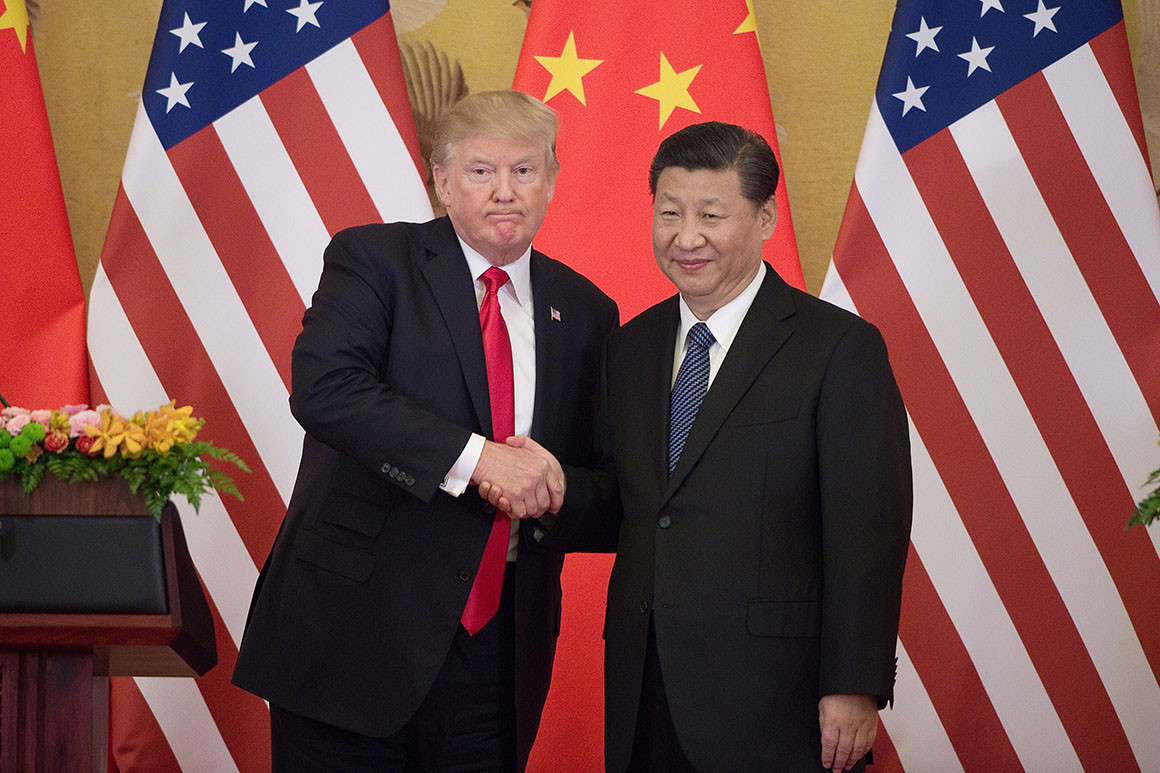
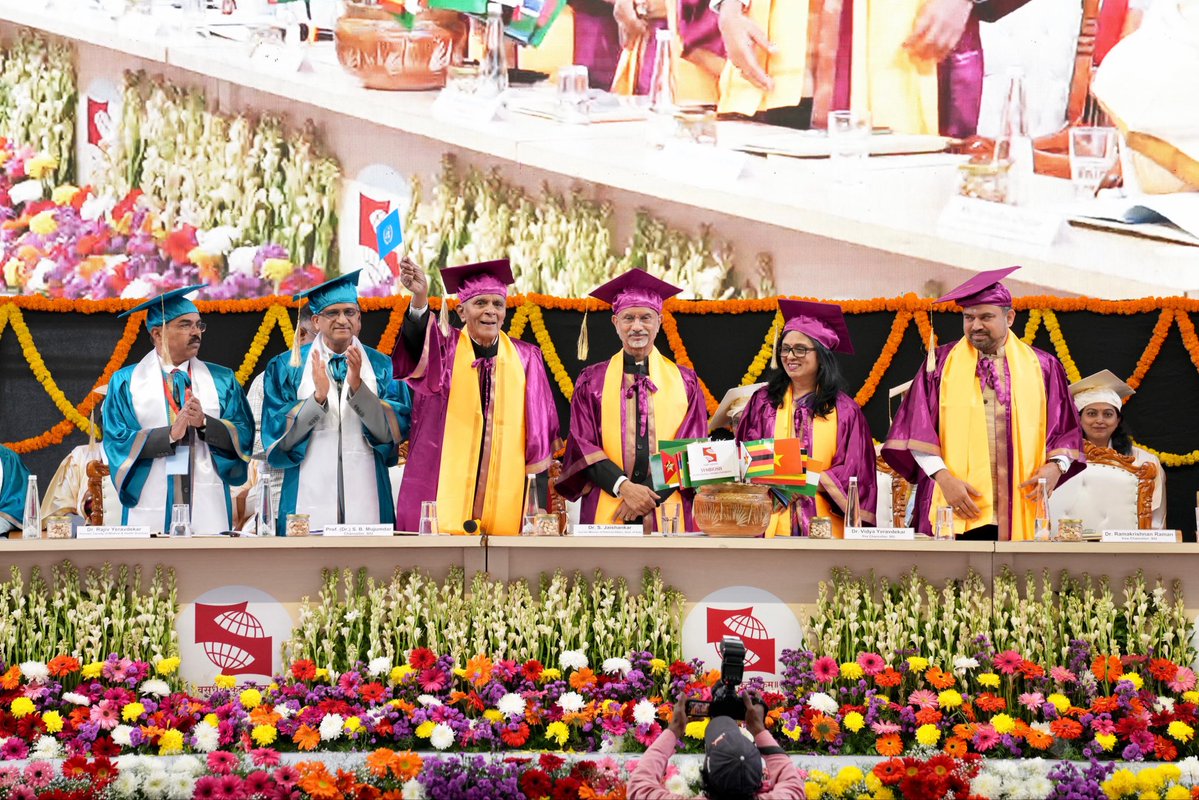


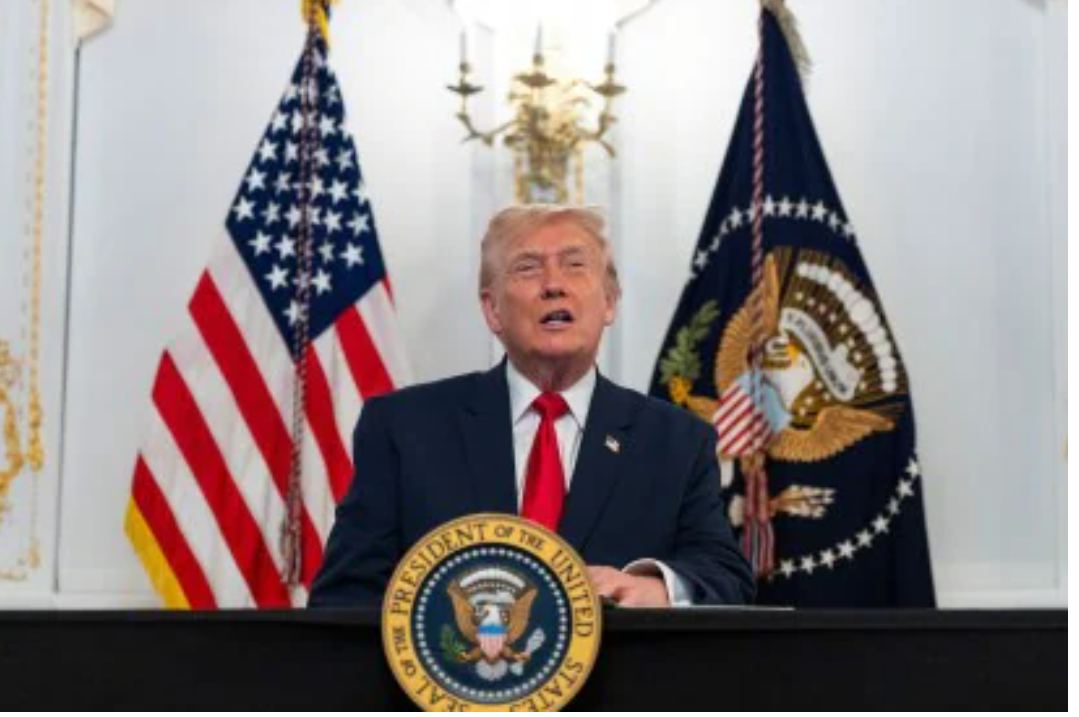
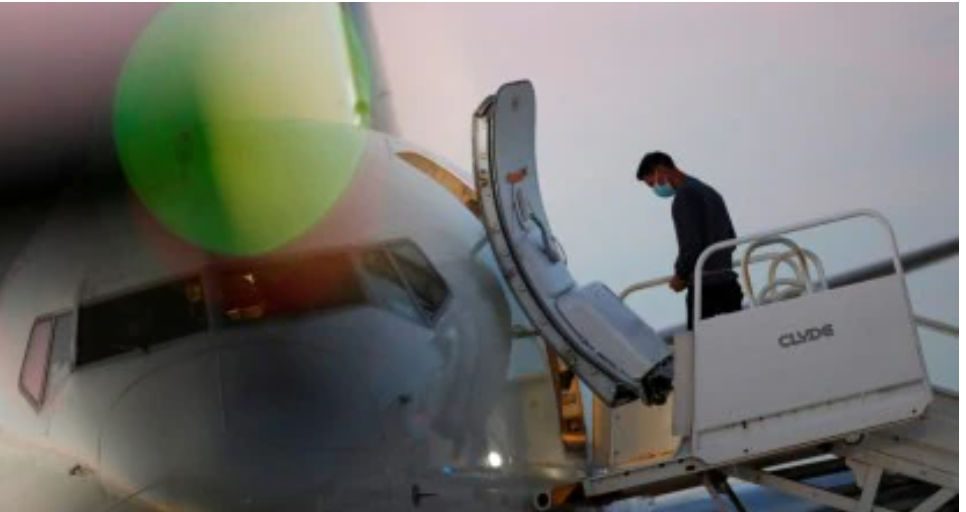

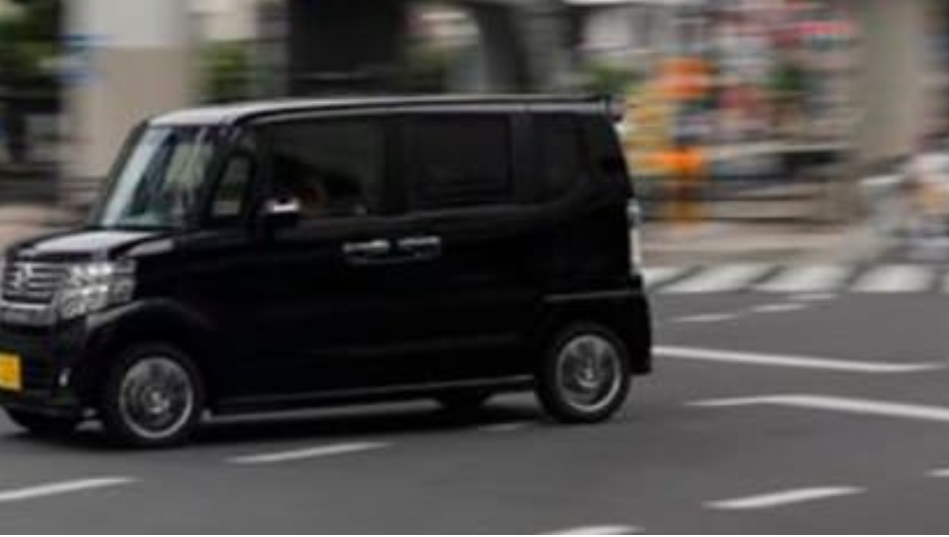

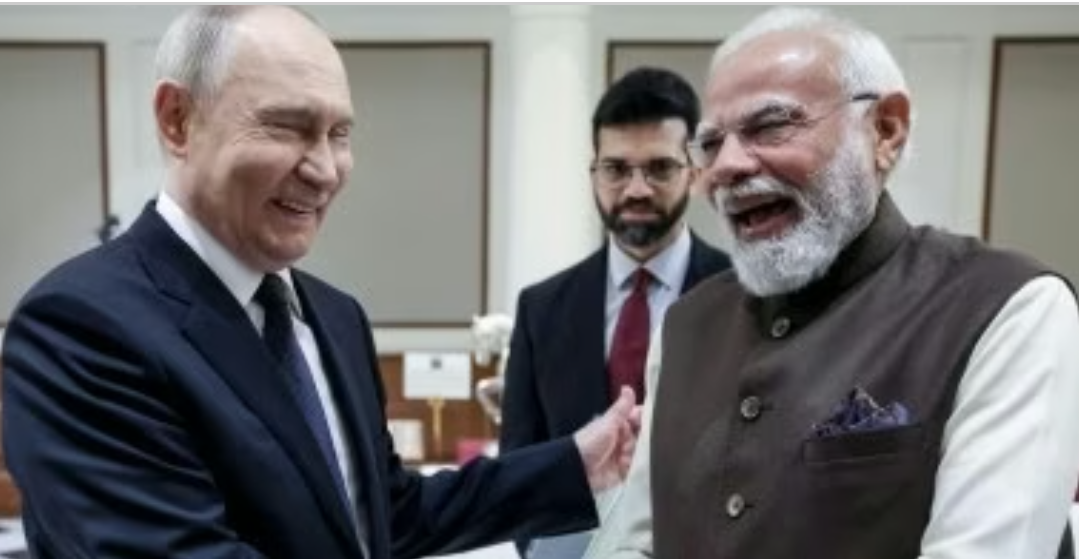
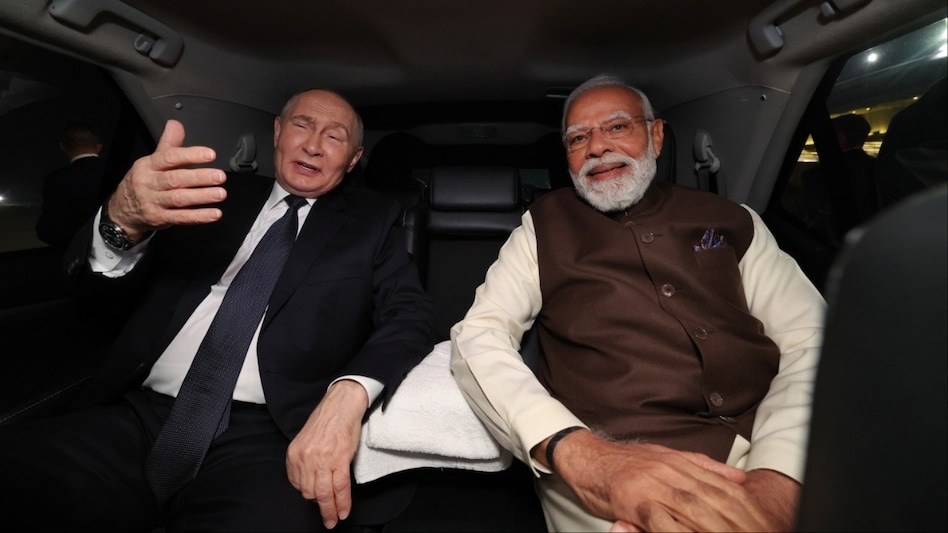
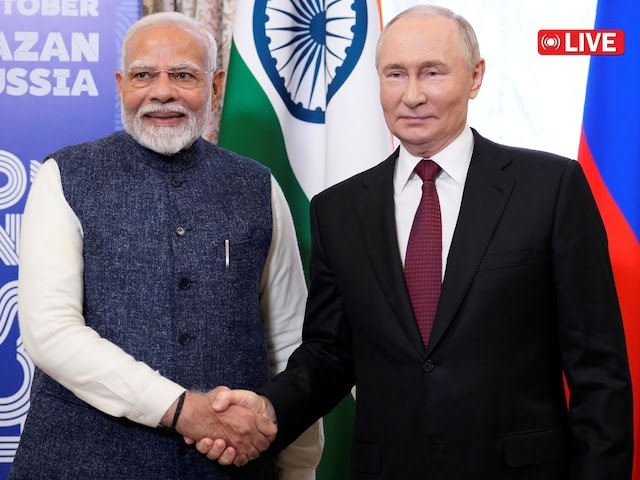

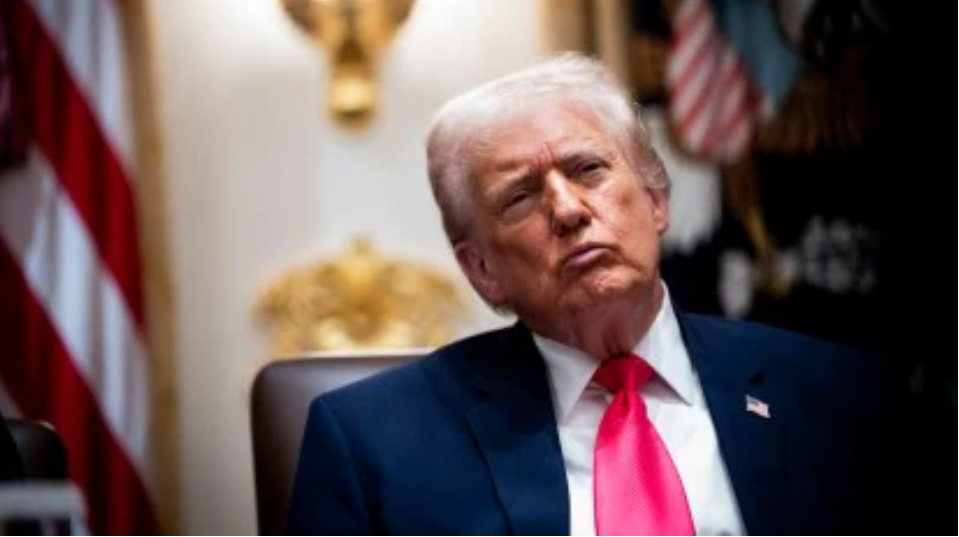
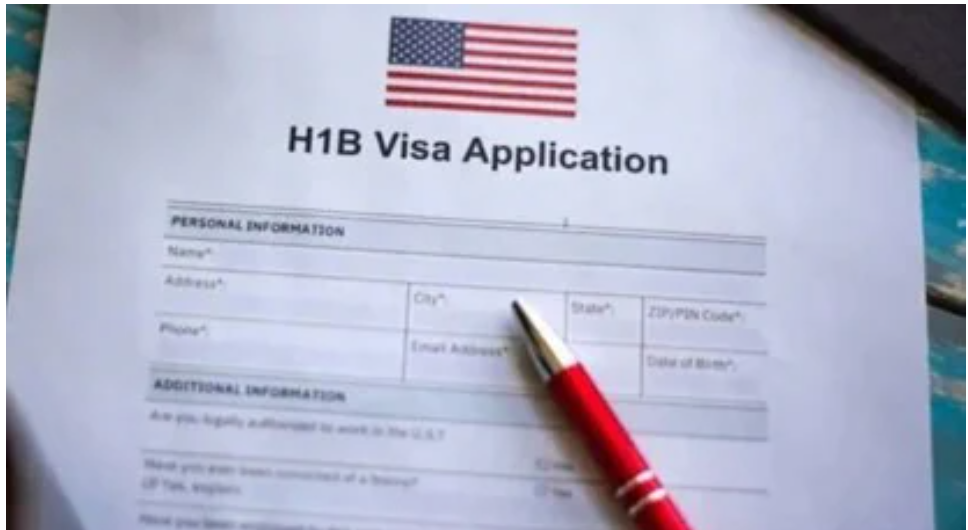
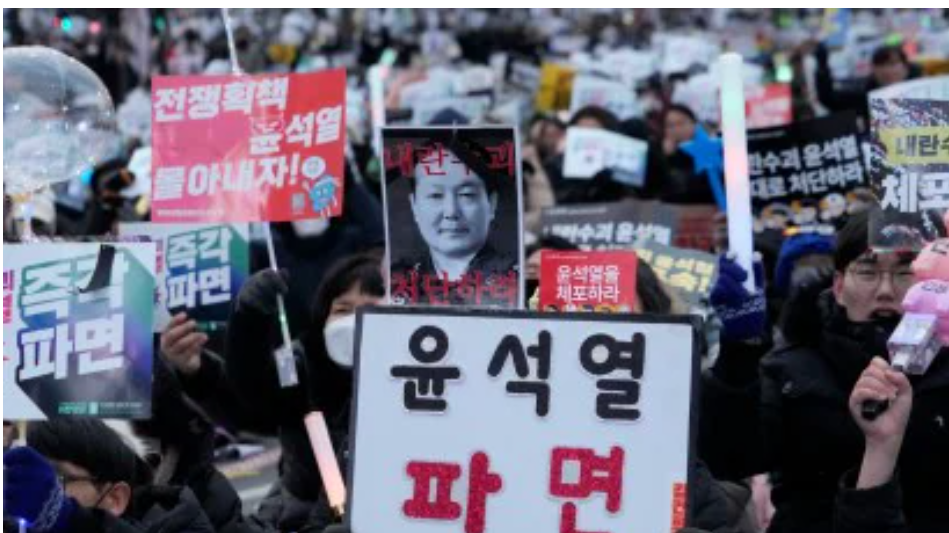


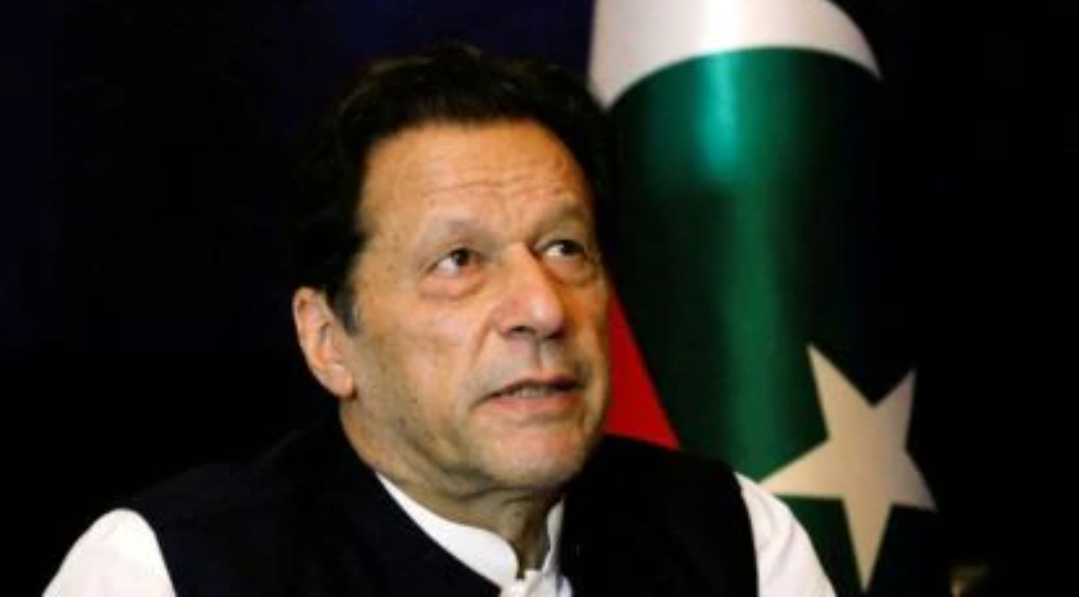




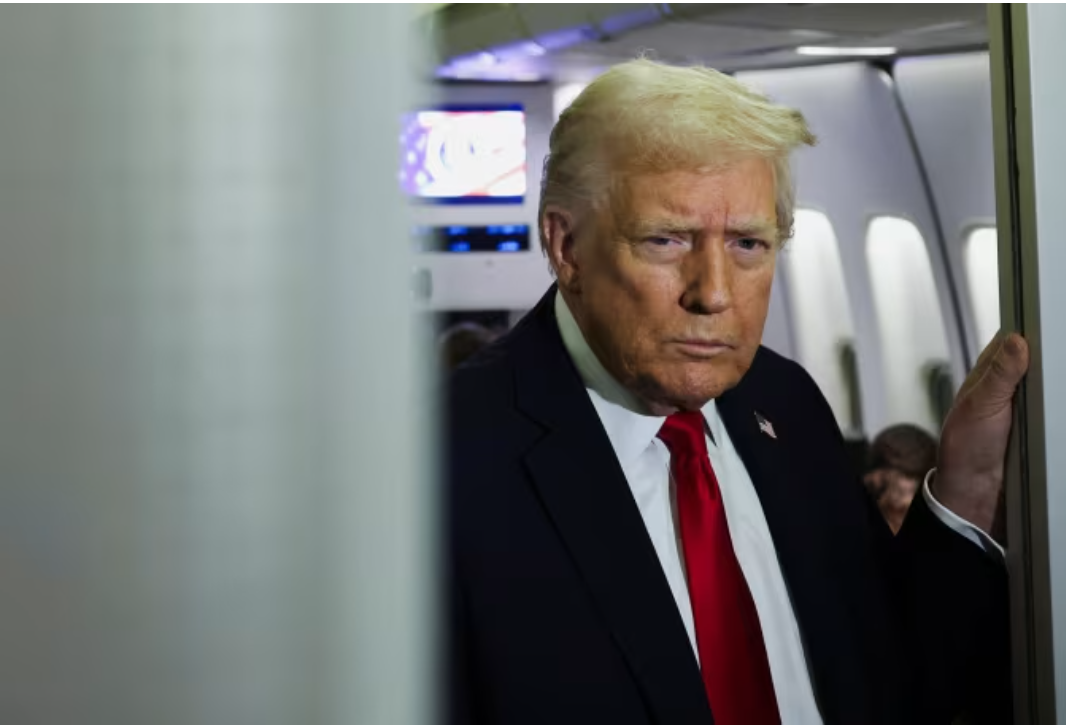







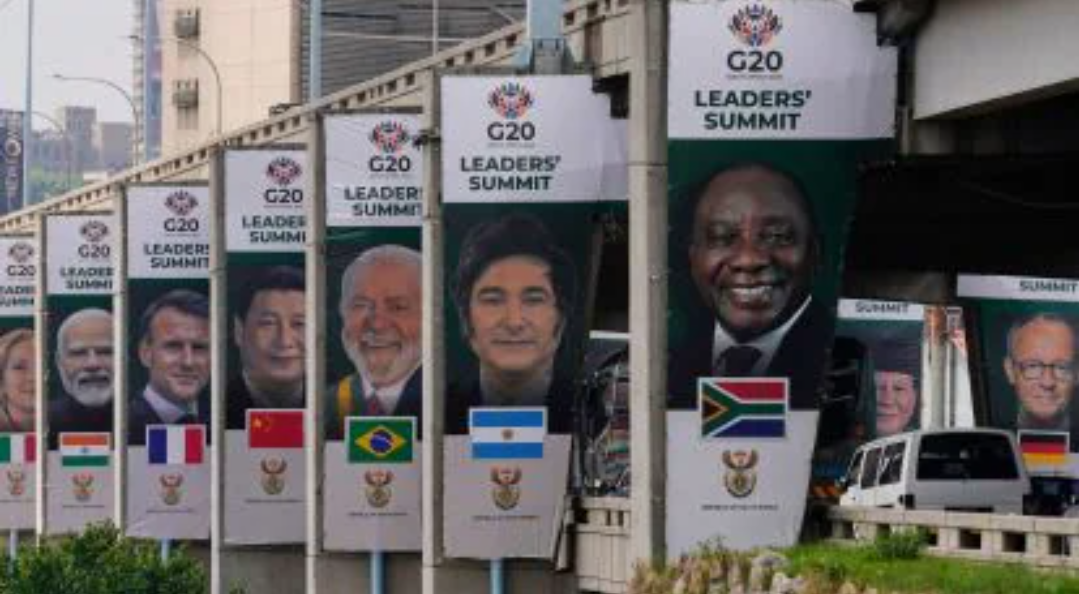
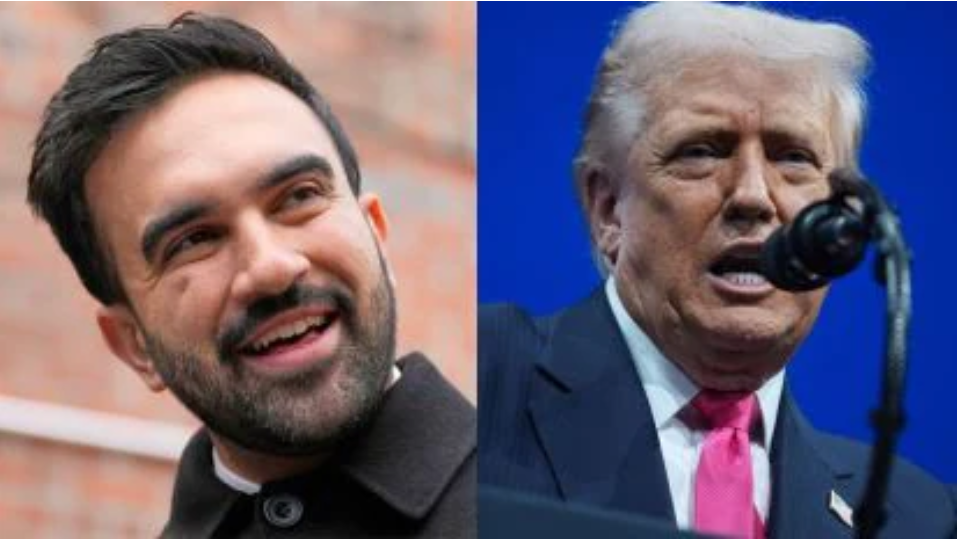









Leave a Reply